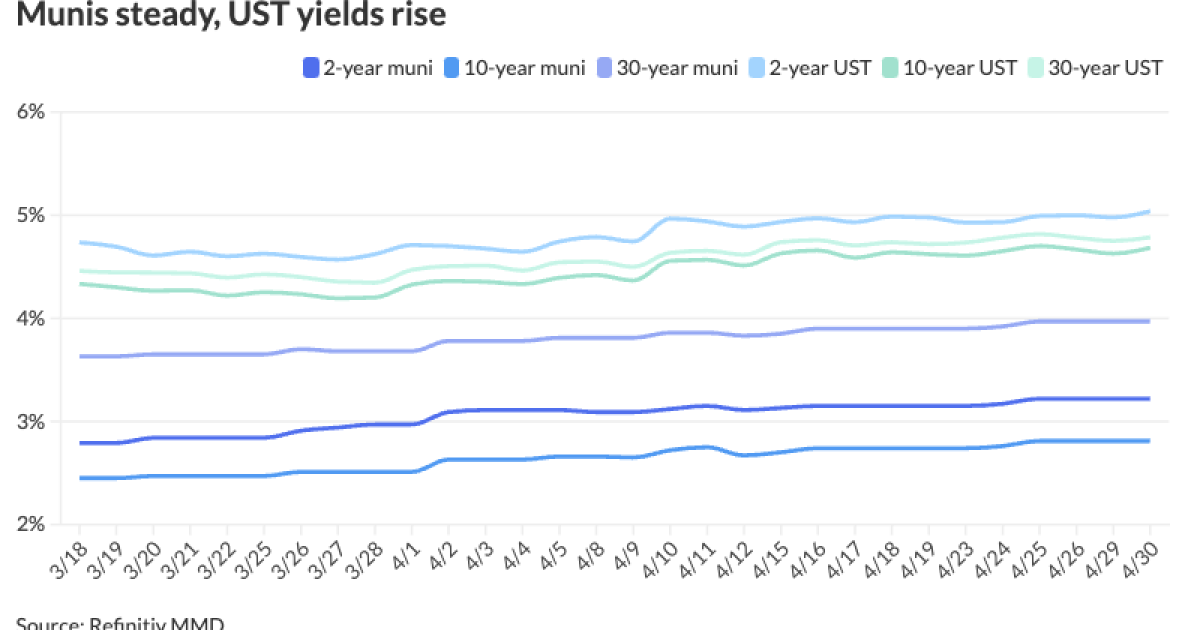Sacramento County wants to pioneer TIFIA route for airports
6 min read

The Sacramento County Department of Airports launched efforts to completely reimagine the airport earlier this year — and is now working out the details on how it will finance the project.
To limit the amount of debt the airport would need to issue through long-term revenue bonds, airport leaders are working creatively to construct a financing package that taps federal grants and the low-interest loans offered by the U.S. Department of Transportation’s Transportation Infrastructure Finance and Innovation Act program.
The airport serving California’s capital city faces challenges generated by growth in the city and region.
Sacramento County Department of Airports
Sacramento County has experienced population growth as the region has moved beyond being primarily a state government town to becoming a biomedical hub, and traffic at the airport has blossomed along with it, said T.J. Chen, deputy director of design and development for the county’s airport department.
Sacramento International Airport, also known by its SMF airport code, served 12.3 million passengers in 2022 — nearly reaching the record-setting numbers achieved in 2019, the busiest year in its history, according to the airport. It expects to surpass those numbers, reaching 13 million passengers, in 2023. The airport forecasts 4.3% annual growth for the next eight years.
Sacramento International Airport embarked on a $1.3 billion capital improvement program it calls SMForward in February and is creating a finance program that will ease the way for fellow airports.
“We are using all the tools in the toolbox to finance the projects, and creating some new ones,” said Chris Wimsatt, deputy director for finance and administration.
The financing package will include federal grants, TIFIA loan financing, cash and a bridge loan from Wells Fargo.
SMForward will add new gates, ticket counters, baggage claim space, a pedestrian walkway between Terminal B and Concourse B, a consolidated rental car facility, and a new parking garage.
“2022 was an incredible year for SMF. Not only did we add new routes and improve efficiency, we were named the country’s top midsize airport by The Wall Street Journal,” said Cindy Nichol, Sacramento County Department of Airports Director, in a March statement. “Looking ahead to 2023, we’re thrilled to add a new international nonstop to Toronto and to kick off SMForward so we can continue to be the best choice for travelers in Northern California.”
Aeromexico, Alaska Airlines, Delta Airlines, Hawaiian Airlines, JetBlue, Southwest, Spirit, United and Volaris all registered double-digit year-over-year traffic growth in 2022, according to the airport.

Sacramento County Department of Airports
Chen said the SMForward project grew out of the airport’s master plan updated in 2015.
“It has been in the works since I started with the county,” Chen said. “We have been diligently looking at the plan. The previous capital program constructed Terminal B.”
The new project will move car rentals closer to the airport’s two terminals, will add six to eight gates for airlines, construct a $140 million passenger walkway to supplement the people mover linking Terminal B with its concourse, and build a 500,000-space parking garage.
Airport officials plan to use previously unavailable financing avenues.
While TIFIA loans have been available for intermodal transit for more than a decade, the federal infrastructure bill expanded the uses to airports. Now, said Chen, the low-interest loans can be used to pay for concourses and terminals.
“That is a big, big change,” Chen said.
Additionally, the Sacramento airport falls under the federal government’s rural area category by census tract, enabling it to qualify for loans that are half that of traditional TIFIA loans.
The airport is looking to borrow about $140 million through a TIFIA loan. Using a hypothetical based on today’s market conditions, Wimsatt said, assuming a 6% interest all-in cost for 30-year financing on revenue bonds, which is typical in today’s market, if the loan were taken out Tuesday when treasury rates were 4%, Sacramento airport would receive that loan at a 2% interest rate, for a savings of $115 million dollars over the course of the 30-year financing period.

Sacramento County Department of Airports
Given the parameters being required for airports by the Build America Program that runs TIFIA, the Sacramento airport could be among the first to secure a loan specifically for mainstream airport projects.
Its classification in the rural category makes it an obvious choice for the airport to obtain financing that way, Wimsatt said. If it is one of the first to tap TIFIA under the new rules, it could break ground for other airports that follow, though Wimsatt said other airports are also exploring TIFIA.
The airport has also secured the bridge loan and has been working with lawmakers to ensure the customer facility charge that all California airports charge rental car companies doesn’t sunset. Once all of these pieces are in place, the remainder needed to build out the project would be funded by issuing airport revenue bonds.
The airport is working with its financial advisor PFM and its bond counsel Orrick, Herrington & Sutcliffe. When it reaches the point it needs to issue long-term debt, the airport’s finance team will ask for bids from its 12-member pool of broker-dealers.
The process of creating the best financial package for the airport has also led to it pushing for legislation with state lawmakers, who represent Sacramento, to extend airports’ ability to use customer facility charges levied on car rental customers to build a new facility. The legislation, Assembly Bill 534, would remove the sunset date, not just for Sacramento airport, but for all airports in the state, and eliminate the requirement to link rental car CFCs to bond issuances.
The bill passed the state Assembly on a 60-0 vote in March and advanced to the Senate floor on a unanimous committee vote in June.
The airport expects to have its financing package for the project together by the end of the year, and had hoped to issue revenue bonds for whatever isn’t covered through grants and TIFIA, but removing the sunset dates gives the airport more flexibility. But it would rather wait to deploy revenue bonds to take out short-term debt at a later date.
“We have a couple of dominoes that need to fall before we get the CONRAC done,” Wimsatt said, using the industry jargon acronym for a consolidated rent-a-car center. “Those dominoes revolve around parking.”
In order to build the CONRAC closer to the terminals, it needs to take out 1,700 to 2,000 parking spaces. Those spaces will be replaced by a 4,500-space parking garage, but the airport has to build the new parking facility before it can demolish the current parking spaces.
The county had $520.7 million of airport revenue bonds and $214.4 million of PFC and subordinate airport revenue bonds outstanding as of June 30, 2022, according to the its most recent annual comprehensive financial report.
The airport has an A2 rating and stable outlook from Moody’s Investors Service and A-plus rating on its senior-lien airport system revenue bonds from S&P Global Ratings.
S&P upgraded the credit from A , and raised the subordinate lien rating to A from A-minus, in November 2021. The outlook is stable.
“The rating action reflects our view of the airport’s demonstrated financial resilience and rate-setting flexibility during a period of materially depressed activity, along with the airport’s strong passenger recovery trends exceeding our expectations and S&P Global Ratings’ updated baseline activity recovery estimates,” S&P Global Ratings credit analyst Kayla Smith said at the time.
“We analyzed SMF’s risks and opportunities regarding environmental, social, and governance credit factors relative to its market position, management and governance, and financial performance. Elevated health and safety concerns, which we consider a social risk factor, are abating and credit neutral in our analysis,” S&P analysts said. “We view environmental risks as somewhat elevated for the airport given the region’s exposure to wildfire, flooding, and seismic risk. Governance credit factors are in line with our view of the sector. We will continue to evaluate risks and opportunities.”







